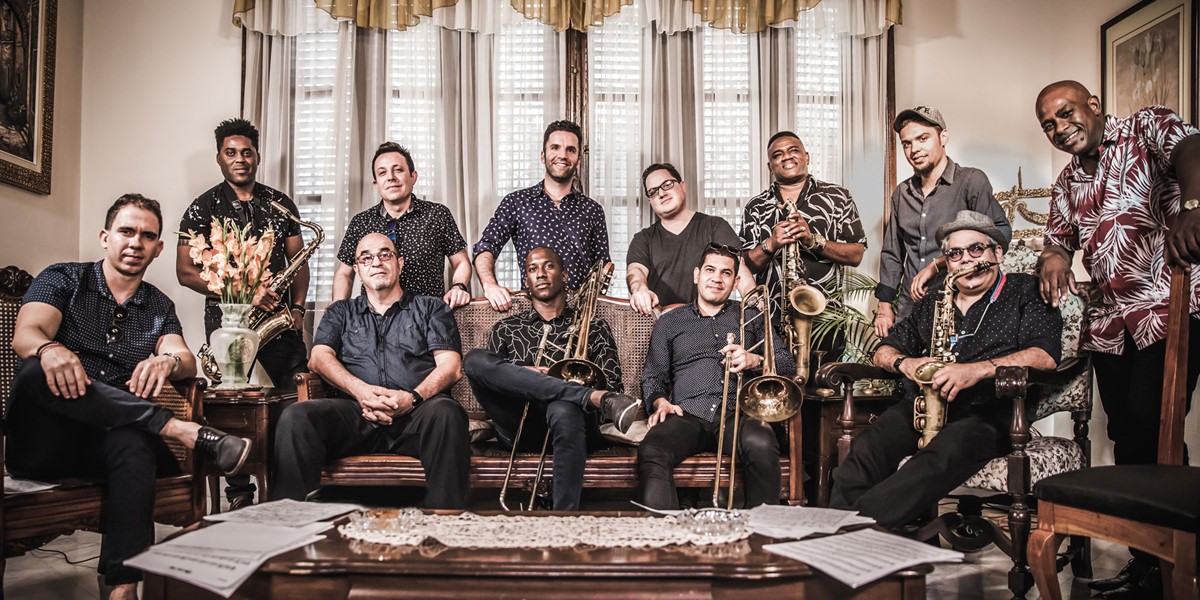Monday, November 25, 2019
Orquesta Akokán: “If you went to a music industry person with this idea, some marketing asshole in New York… forget it”
By Kim Burton
A new Cuban big band are making waves. All the more surprising for the fact that Orquesta Akokán are a collaboration of first-class Cuban and American musicians. Kim Burton tells their story so far

Orquesta Akokán (photo: Adrien H Tillmann)

Register now to continue reading

Thanks for visiting the Songlines website, your guide to an extraordinary world of music and culture. Sign up for a free account now to enjoy:
- Free access to 2 subscriber-only articles and album reviews every month
- Unlimited access to our news and awards pages
- Our regular email newsletters

